Dossouye: The Dancers of Mulukau
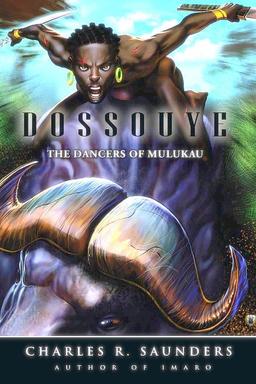 Dossouye: The Dancers of Mulukau
Dossouye: The Dancers of Mulukau
Charles R. Saunders
Sword & Soul Media (326 pp, $20.00, Paperback, 2011)
Reviewed by Bill Ward
Dossouye: The Dancers of Mulukau will feel a bit like new territory for fans of Charles R. Saunders. Unchanged, of course, is the terrific action and imagination of Saunders, and the fidelity to character and setting — indeed everything there is to love about Saunders’ Imaro and Dossouye stories is evident in this latest offering. But The Dancers of Mulukau is Saunders’ first full-length sword & sorcery offering of recent years that is not based wholly or in part on existing material, and represents the Saunders of today, not of decades ago. After the various ups and downs of Saunders’ publishing career, it feels good to at last come to a place in which this author’s classic works are now safely preserved and easily available. Now he is able to move forward into as yet uncharted territory to tell new stories and develop new themes, reminding us once again why he must be counted among the giants of the field of heroic fantasy adventure fiction.
Dossouye herself is in new territory at the start of The Dancers of Mulukau. The story of how Dossouye, formidable warrior woman of the Abomey, came to leave her people and wander the land is told in the first book, a picaresque fix-up novel based on classic novellas penned by Saunders in the 70s and 80s, with additional unpublished material and a new story added for the book’s release in 2008. I won’t trouble to repeat much of what I said about Dossouye in my original review of that book, but readers can be assured that all of the hallmarks of those foundational stories have returned and are enlarged upon in The Dancers of Mulukau.
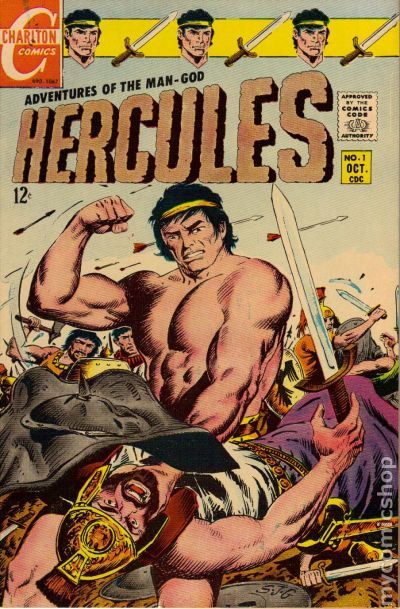
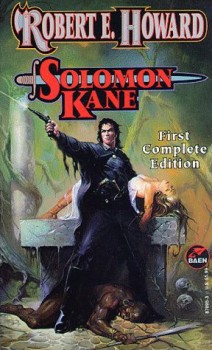
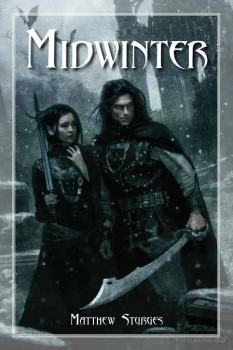 Midwinter
Midwinter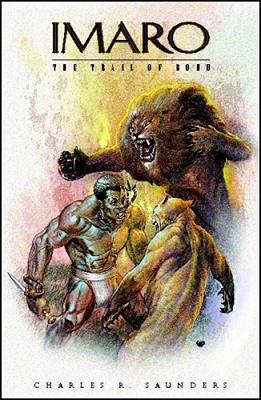 Imaro: The Trail of Bohu
Imaro: The Trail of Bohu